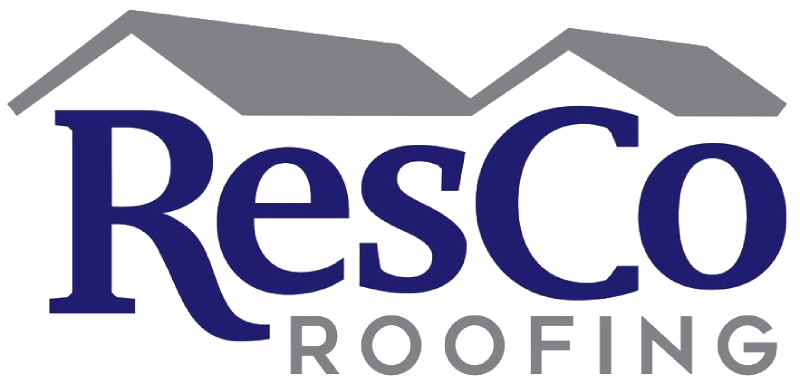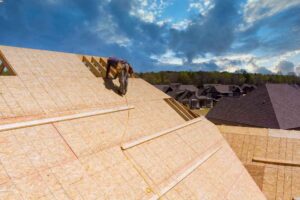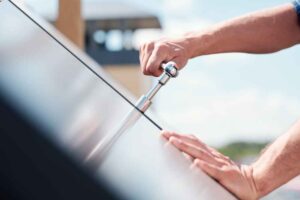Metal Residential Roof: A Cost-Effective and Long-Term Solution
For homeowners, the roof is more than a capstone to their beloved abodes; it’s the frontline defender against the elements, the silent guardian promising shelter for years to come. In the age of sustainable living and smart home design, the choice of materials for your roof isn’t just about aesthetics, but a comprehensive consideration of longevity, energy efficiency, and long-term economy. For those who believe in durable and practical solutions that stand the test of time, metal residential roof is emerging as a shining knight in construction, assuring not only a robust home but a brighter environmental footprint.
Advantages of Metal Residential Roofing
Metal roofing offers a multitude of benefits that make it an attractive option for many homeowners. First and foremost, its durability is unparalleled; a metal roof can last 40 to 70 years, depending on the material, which far exceeds the life expectancy of traditional asphalt shingle roofs. Additionally, metal roofs are remarkably resistant to extreme weather conditions, including heavy snowfall, high winds, and even wildfires, providing a level of security and peace of mind that is hard to match.
Energy efficiency is another significant advantage. Metal roofs reflect solar radiant heat instead of absorbing it, which can reduce cooling costs by 10-25%. This feature not only makes your home more comfortable but also contributes to a greener planet by lowering energy consumption.
Furthermore, metal roofs are environmentally friendly. They are often made from 25-95% recycled content, and at the end of their life, they are 100% recyclable. This contrasts sharply with the over 20 billion pounds of asphalt shingles dumped into U.S. landfills each year.
Finally, the aesthetic versatility of metal roofing allows homeowners to choose from a variety of styles and colors to match their home’s design and their personal preference, enhancing curb appeal and potentially increasing the property’s value.
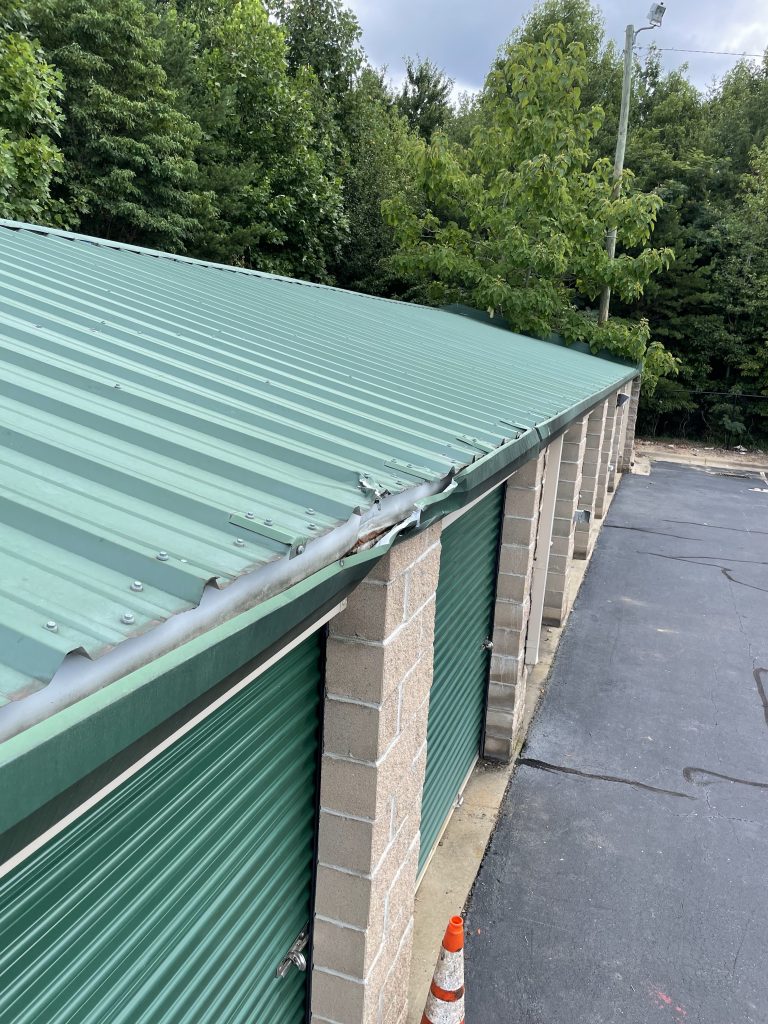
Types of Metal Residential Roofing
Metal residential roofing comes in several types, each with unique benefits and aesthetic appeal. The most common types include:
- Steel Roofing: Known for its strength and durability, steel is coated with a layer of zinc or a zinc-aluminum mixture to prevent rust. It’s an economical choice and can be painted in a wide range of colors.
- Aluminum Roofing: Lightweight and highly resistant to corrosion, aluminum is ideal for homes in coastal areas with salt-laden air. It reflects heat effectively, making it an energy-efficient option for hot climates.
- Copper Roofing: Offering a distinctive look that ages to a beautiful patina, copper roofing is exceptionally long-lasting and can withstand the elements for centuries with minimal maintenance.
- Zinc Roofing: Renowned for its environmental friendliness and durability, zinc is a self-healing metal that can repair scratches over time. Its lifespan exceeds 100 years with proper care.
- Tin Roofing: Though less common today, tin roofing historically referred to rolled steel coated with tin. Modern versions are more likely to be durable and corrosion-resistant metal alloys.
Each of these materials can be manufactured in various styles, such as standing seam, metal shingles, or tiles, allowing homeowners to achieve the perfect look for their property while benefiting from the practical advantages of metal roofing.
Factors to Consider When Choosing Metal Residential Roofing
Selecting the right metal roofing for your home involves careful consideration of several crucial factors. These include:
- Cost: Metal roofs come with varying price tags, largely influenced by the material type and quality. Budgeting appropriately is essential, as initial expenses may be higher than those for traditional roofing but are often offset by long-term savings on maintenance and energy costs.
- Climate: The local climate plays a pivotal role in determining the most suitable metal roofing. For instance, aluminum might be the best choice for coastal areas due to its resistance to salt corrosion, while the reflective properties of certain metals are ideal for regions that experience intense sun and heat.
- Aesthetic Preference: The look of your roof should complement your home’s overall style. Metal roofing is available in a vast array of colors, finishes, and forms (such as shingles, tiles, or sheets), offering ample flexibility to match your aesthetic desires.
- Environmental Impact: If sustainability is a priority, consider the recycled content of the metal roofing and its recyclability at the end of its lifespan. Options like steel and aluminum are both eco-friendly choices due to their high recycled material content and full recyclability.
- Maintenance Requirements: While metal roofs generally require less upkeep than traditional materials, some types may still need occasional maintenance. Understanding the maintenance needs of your chosen material can help ensure its longevity and performance.
- Installation Expertise: Not all roofers have equal experience with metal roofing. Look for a contractor with a track record of successful metal roof installations to ensure the job is done correctly and efficiently.
By carefully weighing these factors against your needs and preferences, you can select a metal roofing solution that not only enhances your home’s appearance but also contributes to its durability, energy efficiency, and sustainability for decades to come.
The Installation Process of Metal Residential Roofing
The installation of metal residential roofing is a precise process that requires skilled craftsmanship and attention to detail to ensure the roof’s longevity and effectiveness. The process typically begins with a thorough inspection of the existing roof structure to assess its condition and determine whether any repairs or reinforcements are necessary before installation. Following this, the old roofing material is removed if the metal roofing will not be installed over the existing roof.
Next, a high-quality underlayment is laid down to provide an additional layer of protection against moisture. This step is crucial for preventing water damage and ensuring that the roof is fully waterproof.
The metal panels or shingles are then carefully measured, cut to size, and installed, starting from the edge of the roof and working towards the center or peak. Special attention is paid to the alignment and secure fastening of each piece to prevent leaks and ensure a uniform appearance.
For areas around chimneys, vents, and skylights, flashing is installed to reinforce these potential weak points and guard against water infiltration. The installation process concludes with the application of trim and finishing touches around the roof’s edges, valleys, and ridges to provide additional weatherproofing and give the roof a polished look.
Throughout the installation process, it is vital that the roofing contractor follows the manufacturer’s guidelines and uses the appropriate tools, fasteners, and techniques specific to the type of metal roofing being installed. This ensures the roof performs as expected, offering maximum durability, weather resistance, and energy efficiency, alongside minimal maintenance needs over the years. Selecting a reputable and experienced installer is key to achieving a successful metal roof installation that will protect and enhance your home for decades.

Maintenance and Care for Metal Residential Roofing
Proper maintenance is crucial to maximizing the lifespan and maintaining the aesthetic appeal of metal residential roofing. While metal roofs are known for their durability and low maintenance requirements, certain practices can help ensure their longevity:
- Regular Inspections: Conduct bi-annual inspections of your metal roof to identify any signs of damage, such as scratches, dents, or loose panels. Early detection and repair are key to preventing minor issues from escalating.
- Cleaning: Keep the roof surface clean by removing debris, such as leaves, branches, and dirt, which can retain moisture and potentially cause corrosion over time. A gentle washing with a hose, non-abrasive cleaner, and soft-bristled brush is recommended for removing surface dirt and environmental residues.
- Preventative Measures: Trim overhanging tree branches to reduce debris accumulation and minimize the risk of damage from falling limbs. Ensure proper attic ventilation to avoid condensation issues, which can promote rust development.
- Addressing Repairs Promptly: If damage or wear is observed, consult a professional roofer with experience in metal roofing for repairs. Using the appropriate materials and methods for your specific roof type is crucial for maintaining its integrity.
- Preventing Scratches and Corrosion: Be cautious when installing or working near the roof to prevent scratches. If coastal or in a high-salt environment, consider applying a protective coating to guard against salt-induced corrosion.
- Gutter Maintenance: Regularly clean and inspect gutters and downspouts to ensure proper drainage. Clogged gutters can cause water to pool, leading to increased risk of leakage and damage.
Adhering to these maintenance and care tips will help protect your investment and ensure that your metal roof remains an efficient, durable, and aesthetically pleasing feature of your home for many years.
Cost Considerations for Metal Residential Roofing
When estimating the cost of metal residential roofing, several key factors come into play. The pricing can significantly vary based on the type of metal chosen, with options like aluminum, steel, and copper each having different price points. Aluminum and steel are generally more affordable, while copper is on the higher end of the spectrum due to its superior durability and distinctive appearance.
- Material Costs: The price of the metal itself is a major component. Premium materials like copper are considerably more expensive than more common options like steel or aluminum.
- Labor Costs: Installation of metal roofing is specialized work that requires experienced professionals. The complexity of your roof’s design and the expertise of the installer can influence labor costs.
- Roof Size and Design: The total area of your roof and its architectural complexity (e.g., the number of valleys, ridges, dormers, or skylights) will affect the total cost. More intricate designs require more material and labor.
- Underlayment and Accessories: High-quality underlayments, fasteners, and trim pieces are essential for a durable and effective metal roof, but they also add to the overall expense.
- Removal of Existing Roofing: If your current roofing needs to be removed before installing the new metal roof, this will increase the project cost.
- Geographical Location: Costs can vary by region due to differences in labor rates and the availability of materials.
Investing in metal roofing often results in higher upfront costs compared to traditional roofing materials. However, considering its longevity, durability, energy efficiency, and minimal maintenance requirements, a metal roof can be more cost-effective in the long term. It’s essential to obtain detailed quotes from several reputable contractors to understand the full scope of your investment and to ensure you’re getting the best value for your money.
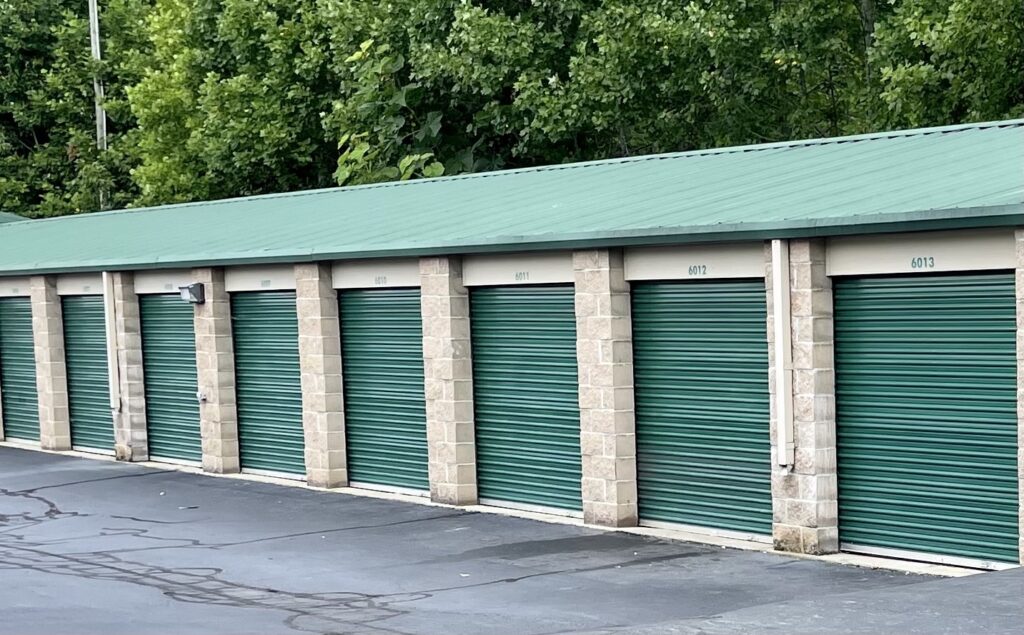
Common Misconceptions about Metal Residential Roofing
Metal roofing is often subject to misconceptions that can deter homeowners from considering it as a viable option for their homes. Here are some common myths debunked:
- Noise Level: A common belief is that metal roofs are noisier than other types during rain or hailstorms. In reality, when installed with solid sheathing, a metal roof can be as quiet as any other roofing material.
- Rust and Corrosion: Some assume that metal roofing is prone to rust and corrosion. However, today’s metal roofs are designed with protective coatings that resist rust and enhance durability.
- Dents Easily: While it’s possible for heavy debris to dent a metal roof, most are engineered to withstand hail, snow, and heavy storms without damage. Their strength and resilience often exceed those of traditional roofing materials.
- Attracts Lightning: Another myth is that metal roofs attract lightning. In fact, metal roofing does not increase the likelihood of a lightning strike. Even if a metal roof were struck by lightning, it is non-combustible and would disperse the electricity safely through the structure.
- Limited Styles: There’s a misconception that metal roofs only suit modern or industrial designs. Nowadays, metal roofing comes in a wide variety of styles, colors, and finishes that can complement any home architecture, from traditional to contemporary.
- Too Expensive: While the initial cost of a metal roof can be higher than other types, its long lifespan, minimal maintenance, and energy efficiency make it a cost-effective option over time.
By addressing these misconceptions, homeowners can make more informed decisions about metal roofing and its many benefits.
In conclusion, metal roofing offers numerous advantages for residential properties. It is a durable and long-lasting option that can withstand harsh environmental conditions, requires minimal maintenance, and provides energy efficiency benefits. By following proper care and maintenance guidelines and understanding the cost considerations, homeowners can protect their investment and enjoy the many benefits of a metal roof for years to come. Moreover, by dispelling common misconceptions, homeowners can make informed decisions and reap the benefits of this versatile and stylish roofing option.
